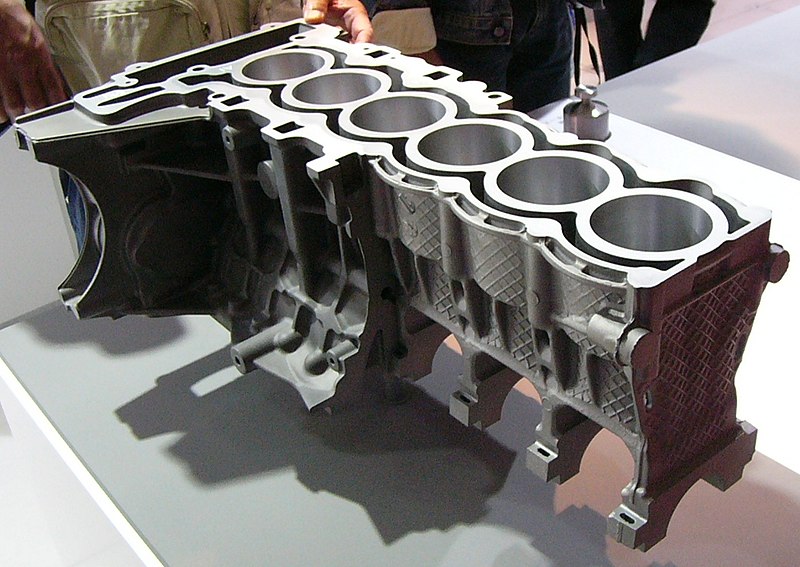Understanding Diecasting: The Process and Its Applications
Understanding Diecasting: The Process and Its Applications
Blog Article
Diecasting is an essential manufacturing procedure that entails forcing hot metal into a cavity with intense pressure. This method is famous for its ability to produce complex shapes with an extremely high level of precision and repeatability. That makes it an essential tool in many sectors. From automotive and aerospace to household appliances and consumer electronics, diecasting plays a crucial component in making components that comply with strict requirements for performance and quality. This article will explore the intricacies of diecasting by focusing on the processes involved, their benefits and the applications.
At the core of diecasting is the usage of molds, also known as dies. They are made out of high-quality stainless steel, which can stand the harsh conditions that are encountered during the casting process. Die designs are made with precision, often incorporating precise details and precision tolerances that ensure the accuracy of the final product. When diecasting is performed, the molten metal, which is typically aluminum, zinc, magnesium, or copper-is in the dies under very high pressure. This rapid injection and solidification result in components with exceptional dimensional stability, as well as a smooth surface finish, reducing the need for further machining or finishing. The precision of the dies allows for the production of intricate geometries which might be impossible or difficult to attain using conventional production methods.
One of the main advantages of diecasting is the effectiveness in mass production. Once the dies are fabricated, they can be used for the production of thousands of identical parts with minimal variation. This high level of repeatability is essential for industries which require huge quantities of uniform components. Diecasting is also known for its material efficiency. This process produces very little debris, as any metal that is not used can be reused and recycled to make casting cycles in the future. This is not only a way to reduce costs for materials, but it also encourages green manufacturing methods by reducing production waste while also conserving resources. This combination of superior production speed, precision, and material efficiency makes diecasting an appealing option that manufacturers are looking to enhance their processes for production.
Diecasting also offers significant benefits for mechanical properties. Parts made through diecasting generally are extremely strong and durable because of the fine-grain structure that is formed by the quick cooling of the molten metal. Diecasting makes them perfect for use in applications that require high performance and reliability. Additionally, it allows the use of slim walls and intricate features, without jeopardizing strength and structural strength. This feature is especially useful in the automotive and aerospace industries where weight reduction whilst maintaining strength is vital. A capability to manufacture light, but strong parts aids in improving fuel efficiency and efficiency in aircrafts and vehicles. To receive new information kindly check out Senadiecasting
The materials you choose for diecasting is a major factor in the quality and functionality of the final product. Aluminum is a popular choice because of its superior strength-to-weight ratio, resistance to corrosion, as well as its electrical and thermal conductivity. This makes aluminum the ideal material for aerospace and automotive applications where weight reduction is crucial. Zinc alloys have high strength as well as ductility. These make them appropriate for products that need fine detail and long-lasting. Magnesium alloys are the lightest metallic structural elements, offering advantages in areas where weight reductions are essential. Copper alloys, though more rarely used, are valued for their high electrical conductivity and corrosion resistance. Each metal has unique advantages making it possible for manufacturers to pick the best option for their specific application needs.
Diecasting is a zenith of manufacturing technology. It provides accuracy, efficacy, and flexibility unlike other methods. Its capability to manufacture intricate, high-end components that have excellent mechanical properties makes it indispensable in many sectors, from automotive to consumer electronic products. The effectiveness and savings in material that diecasting offers highlight its importance in large-scale manufacturing. Its flexibility guarantees that it is able to accommodate the ever-changing demands of modern manufacturing. In the midst of industries pushing the boundaries of innovation and efficiency, diecasting will remain a critical tool, helping to advance technology and facilitate the creation of innovative products that will shape our future.